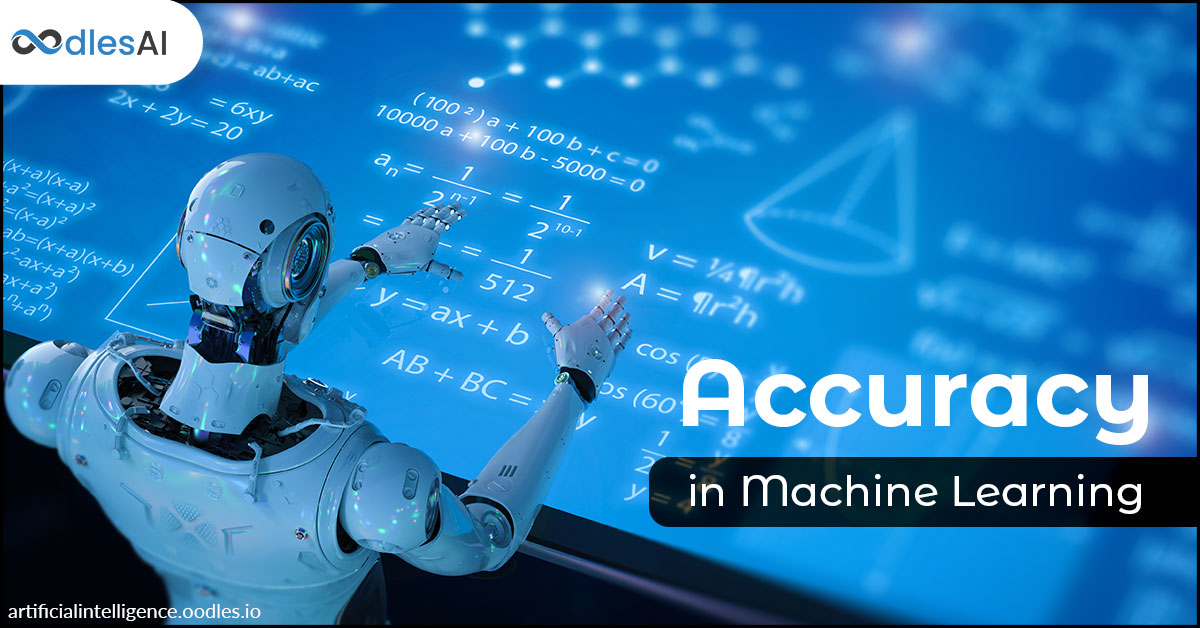A Developer’s Guide to Improve Machine Learning Model Accuracy
Harshit Verma | 26th December 2019

Enhancing model performance can be challenging at times. The problem is most prevalent among providers of machine learning development services who diligently apply multiple algorithms to optimize the model performance. Yet, developers fail at improving the accuracy of the model. You feel helpless and stuck. And, this is where 90% of data scientists give up.
But, this is where the real story begins! This is what differentiates an average data scientist from the master data scientist. Here are 8 proven ways that can be applied by aspiring data scientists and every emerging AI development company to re-structure the model approach. There are no ‘must-follow’ rules.
But, if you follow the ways (shared below), you can surely achieve high accuracy in your models. The model development cycle goes through the various stages, starting from data collection to the model building.
But, before exploring data to understand relationships (in variables), It’s always recommended to perform the hypothesis generation. This practice usually helps in building better features later on, which are not biased by data available in the data-set. This is a crucial step that usually improves the model’s accuracy.
Let’s dig deeper now. Now we will check out some proven ways to improve the accuracy of the model:
-
Add more data
Having more data is always a good idea. It allows “data to tell for itself,” instead of relying on assumptions and the weak correlations. The presence of more data results in the development of better and more accurate models.
-
Treat missing and Outlier values
The unwanted presence of missing and outlier values in training data often reduces the accuracy of a model or leads to a biased model. It leads to inaccurate predictions. This is because we don’t analyze behavior and relationship with other variables correctly. So, it is important to treat missing and the outlier values well.
-
Feature Engineering
With the help of this step, we can obtain more information from existing data. New information is extracted in terms of new features. These features may have a higher ability to explain variance in the training data. Thus, giving improved model accuracy.
Feature engineering is highly influenced by the hypotheses generation. A good hypothesis results in good features. That’s why it is advisable to invest the quality time in hypothesis generation.
-
Feature Selection
We refer to Feature Selection as the step to find out the best subset of attributes which better explains the relationship of independent variables with the target variable.
-
Multiple algorithms
Hitting at the right machine learning algorithm is an ideal approach to achieve higher accuracy. But, it is easier said than done. This intuition comes with experience and incessant practice. Some algorithms are better suited to the particular type of data sets than others. Hence, we should apply all relevant models and check performance.
-
Algorithm Tuning
We know that machine learning algorithms are driven by the parameters. These parameters majorly influence the outcome of the learning process. The work of parameter tuning is to assess the maximum value for each parameter to enhance the model’s accuracy. To tune these parameters, you must have a good understanding of these meanings and their impact on the model. You can repeat this process with the number of well-performing models
-
Ensemble methods
This is the most common approach found majorly in winning solutions of the Data science competitions. This technique simply combines the result of multiple weak models and produces better results. This can be achieved in many ways:
- Bagging (Bootstrap Aggregating)
- Boosting
-
Cross-Validation:
To find the right answer to this question, we must use the cross-validation technique. Cross-Validation is an importatn aspect in data modeling. It suggests leaving the sample on which you do not train the model and test a model on this sample before finalizing the model.
Building Scalable Machine Learning Models with Oodles AI
We, at Oodles AI, have experiential knowledge in building industry-specific and scalable machine learning (ML) models using various algorithms. Our AI team has built multidimensional ML models including conversational chatbots, predictive engines, computer vision, and natural language processing systems. Our machine learning capabilities extend to eCommerce, healthcare, finance, human resource, and other global businesses.
Talk to our artificial intelligence team to know more about our AI development services.



